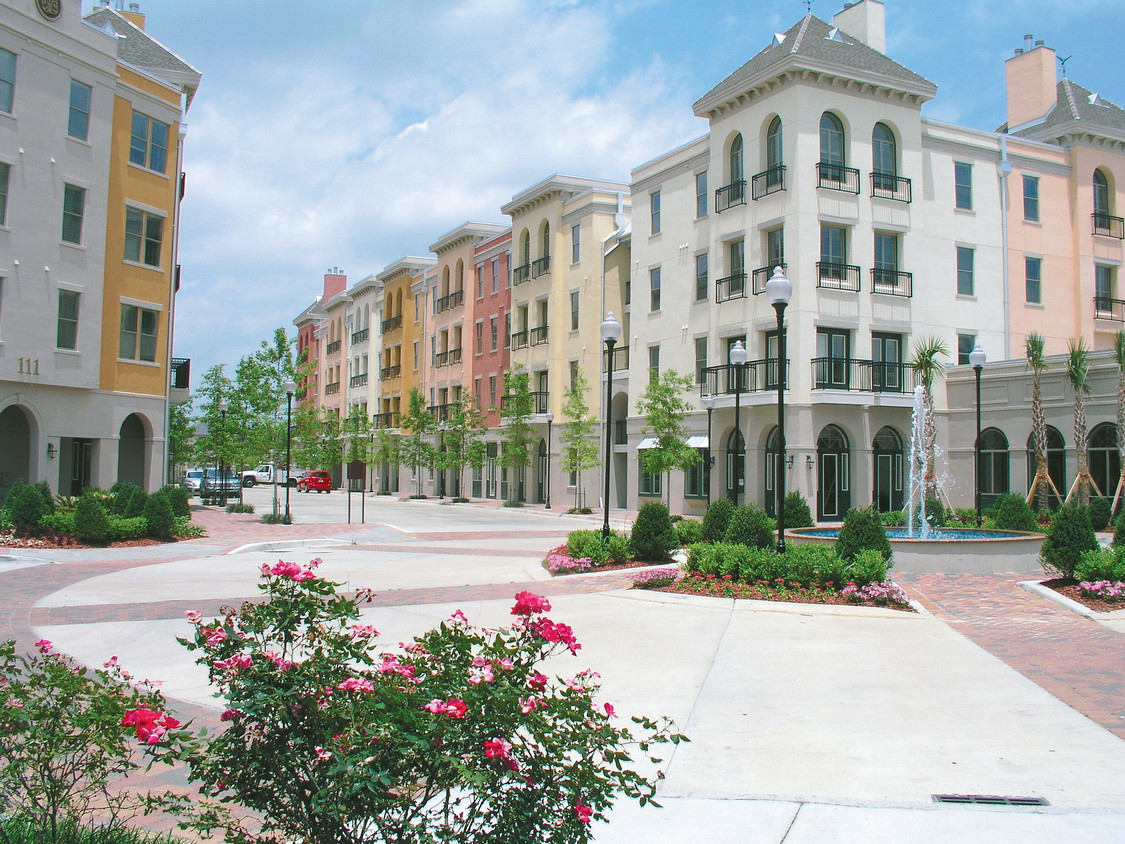Mixed-use is a term used to describe a type of urban development that combines residential, commercial, cultural, institutional, and entertainment into one cohesive space. There are two types of mixed-use developments. The first type is horizontal which consists of multiple single-use buildings within a mixed-use zoning district. The second type is vertical which combines spaces of different uses within the same building, such as public use spaces on lower floors and private use spaces on upper floors. We can see a great representation of mixed-used zoning right here in Acadiana with the development of River Ranch. Below we will discuss two communities where mixed-use zoning has made a significant impact in their way of life.
One example of a community in the United States that has benefitted from mixed-use zoning is Portland, Oregon. In an effort to reduce their car-oriented development style, the city implemented mixed-use zoning in the 1990’s. This implementation combined with their light rail system “MAX” has encouraged the blending of residential, commercial and work spaces.
To the north of us, you will find another great example of mixed-use developing in Toronto, Canada. Back in 1986, Toronto was one of the first cities to adopt a policy on mixed-use zoning. These zoning laws allowed a range of commercial, residential, institutional, and public spaces to be zoned together creating one of the first communities of its kind in Mirvish Village.
Just as mentioned in the examples above, mixed-use zoning has the ability to transform cities into more cohesive communities. Sustainability, walkability, convenience, and authenticity are just a few of the benefits cities have seen after its implementation. As our population continues to grow, we may begin to see more of these innovative spaces sprouting up.






